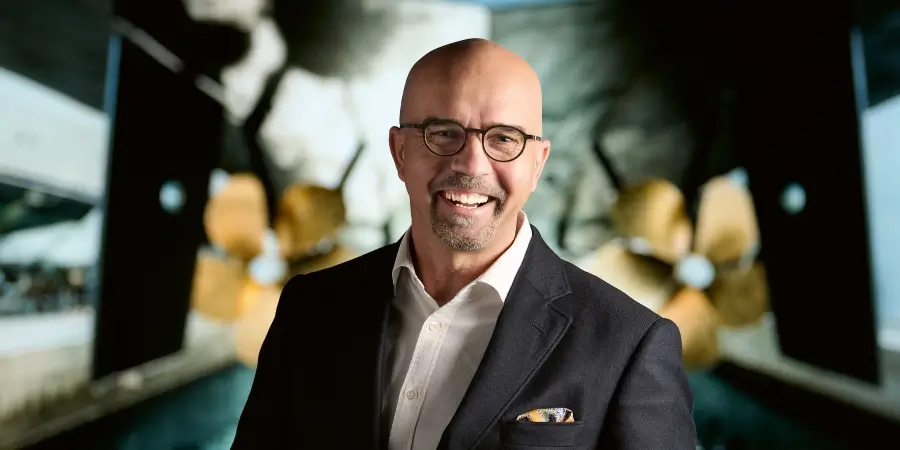In the world of tech-driven change, the loudest voices often get the most attention. Bold vision statements. Grand product launches. Media-friendly soundbites about “disrupting industries.” But beneath the surface of true digital transformation—beyond the headlines and the hype—there is often a quieter presence at the helm. This is the architect of real, sustained change. Not a showman, but a systems thinker. Not a spotlight-seeker, but a patient builder. Not the hero we’re used to—but exactly the one the modern enterprise needs.
The Myth of the Loud Leader
Tech has long celebrated the charismatic disruptor: the founder who speaks in slogans, the exec who turns every meeting into a TED Talk. And while charisma can inspire, it rarely scales. At the heart of enduring digital transformation is not a single speech, but a series of steady, aligned decisions that happen quietly over months, sometimes years. And these decisions are often led by someone who isn’t broadcasting their vision—they’re embedding it.
Quiet leadership is not about silence or passivity. It’s about intentionality. It’s about guiding teams through ambiguity not with noise, but with nuance. It’s about knowing when to listen more than speak, when to rearchitect the foundation rather than repaint the façade.
The Power of Systems Thinking
Loud leaders often chase immediate wins. Quiet leaders chase long-term leverage.
They think in systems, not in soundbites. They look at how infrastructure, talent, culture, and data all interlock. While others optimize for the next quarter, they design for the next decade.
This kind of leadership is rarely glamorous. It involves invisible victories—like reducing latency across microservices, or finally getting cross-functional teams to adopt a shared language around data. But it is precisely these invisible victories that compound. They are what make transformation more than a rebrand.
Influence Without Noise
One of the most powerful characteristics of quiet leadership is the ability to influence without overt authority. Whether it’s guiding a product roadmap, overhauling engineering practices, or shifting the culture around experimentation, the quiet leader doesn’t need to command the room to shape it.
They listen carefully, speak deliberately, and act consistently. Their credibility is earned in the trenches, not the boardroom. And that credibility is what turns colleagues into collaborators—even when the org chart says otherwise.
In digital transformation efforts, resistance is inevitable. The loud leader often escalates or overrides. The quiet leader absorbs. Redirects. Reframes. Not with brute force, but with patience and clarity. They bring people along because they understand that lasting change is built, not declared.
Culture is the Quietest Codebase
Ask any successful engineering team, and they’ll tell you: the hardest part of scaling is not the technology—it’s the people. Culture, like infrastructure, must be architected. And the best leaders understand that culture is not what you say on a slide deck; it’s what your team believes after working with you for six months.
Quiet leaders model the culture they want to build. They normalize curiosity. They reward rigor. They invest in psychological safety. They don’t demand loyalty—they inspire trust.
In high-growth environments, it’s easy to confuse urgency with aggression. But true digital transformation depends on environments where people feel safe enough to challenge assumptions, to fail intelligently, to speak inconvenient truths. These environments don’t emerge from noise. They grow in the quiet.
From Hero to Host
One of the most compelling shifts in leadership today is the move from hero to host. The hero solves. The host enables. The hero commands. The host cultivates. In fast-changing digital ecosystems, no single person can know everything. The strongest leaders are the ones who know how to build environments where others thrive.
This is what makes quiet leadership so potent: it decentralizes power. It turns transformation into a collective effort, not a personal brand.
It also allows for a kind of resilience that loud leadership often lacks. When change is owned by the many, not the few, it is far less likely to collapse under the weight of personality or burnout.
Why Quiet Wins
In a world of endless noise—notifications, newsfeeds, hot takes—quiet is not weakness. It’s strategy.
The quiet leader does not chase attention; they chase outcomes. They don’t posture; they persist. They know that digital transformation is not a sprint or even a marathon—it’s a mindset. One that must be lived daily, architected carefully, and led with both humility and resolve.
The anti-hero of digital transformation is not looking to be celebrated. They are looking to build something that lasts.
And in the end, when the product scales, the platform stabilizes, and the culture hums with alignment, their quiet legacy speaks the loudest of all.
Read Also: Scaling Responsibly: Ethical Tech in a Hyperconnected World








